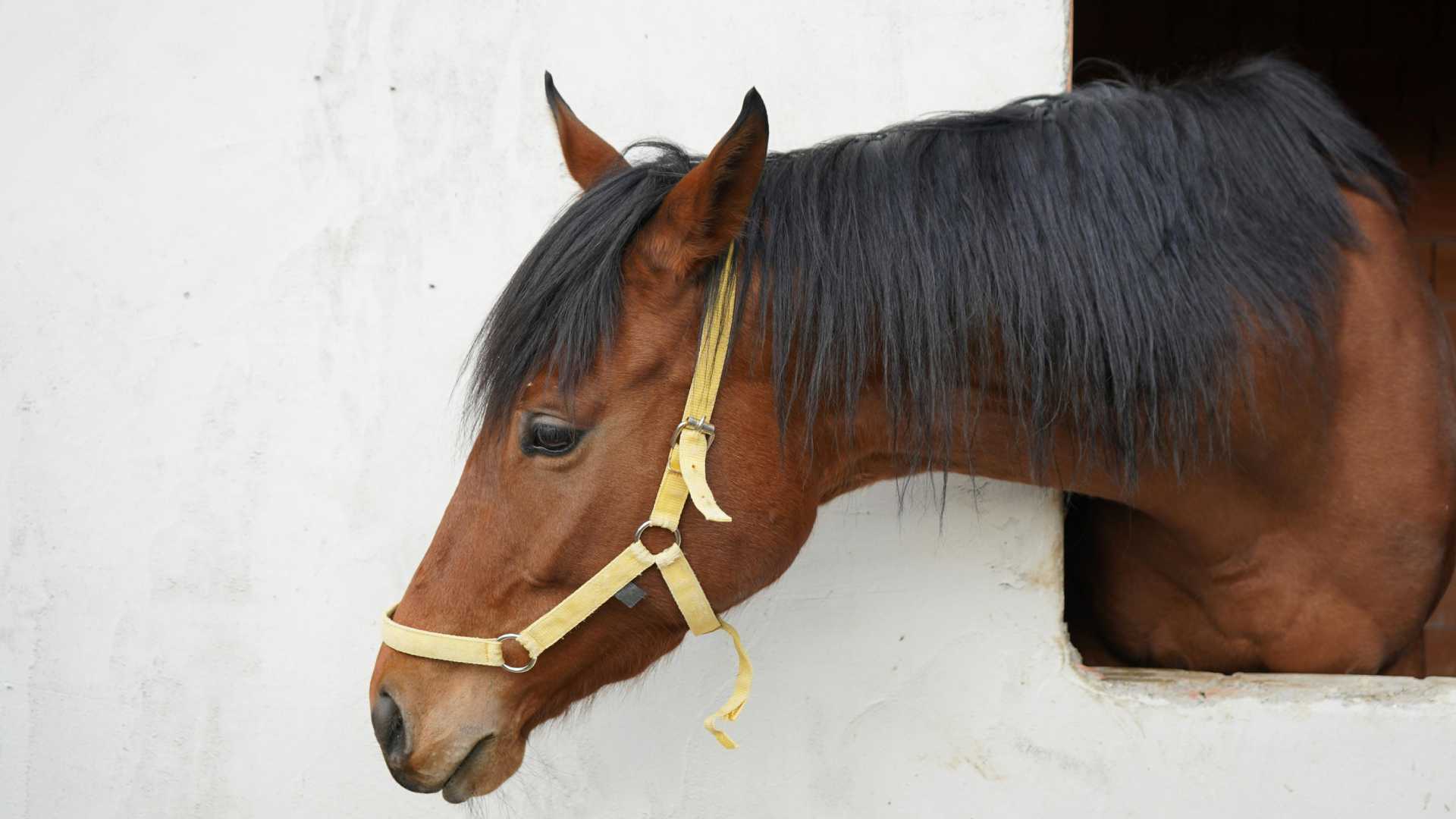Seasonal Form in Horse Racing (and How Racing Buddy Uses It in Predictions)
Introduction
Horses, like athletes, often have times of year when they perform best. This is called seasonal form. Some thrive in the mud of winter jump racing, while others peak in the summer flat season. Identifying these patterns can help punters find hidden value, but it requires checking years of past data. Racing Buddy automatically factors seasonal trends into its predictions.
What Is Seasonal Form?
Seasonal form describes the tendency of some horses to run better at particular times of year. This can be due to ground conditions, fitness cycles, or training targets.
Why Seasonal Form Matters
A horse that peaks every spring may be trained to target festivals, while another thrives on heavy ground in midwinter. Recognising these cycles helps punters back horses at the right time.
Examples of Seasonal Form
National Hunt racing is full of seasonal specialists. Horses that excel in soft ground often win repeatedly in the wet winter months. On the flat, sprinters may return to form each summer after a spring break.
How Punters Traditionally Analyse Seasonal Form
Analysing seasonal form involves checking records from the same months across multiple years. This requires patience and long term data, which is not always easy to access.
How Racing Buddy Uses Seasonal Data
Racing Buddy’s AI automatically identifies patterns in seasonal performance. It highlights horses that peak in specific conditions or at certain times of year, factoring those patterns into predictions instantly.
FAQs
What is seasonal form in racing?
Seasonal form is when a horse shows a pattern of running best at certain times of the year.
Why do some horses have seasonal patterns?
It may be linked to training cycles, ground conditions, or natural fitness peaks.
Can seasonal form help punters?
Yes, recognising seasonal specialists can reveal value bets that others overlook.
Conclusion
Seasonal form highlights valuable patterns across campaigns and conditions. Racing Buddy automatically incorporates these trends into its AI models, helping punters identify peak performers year after year.
